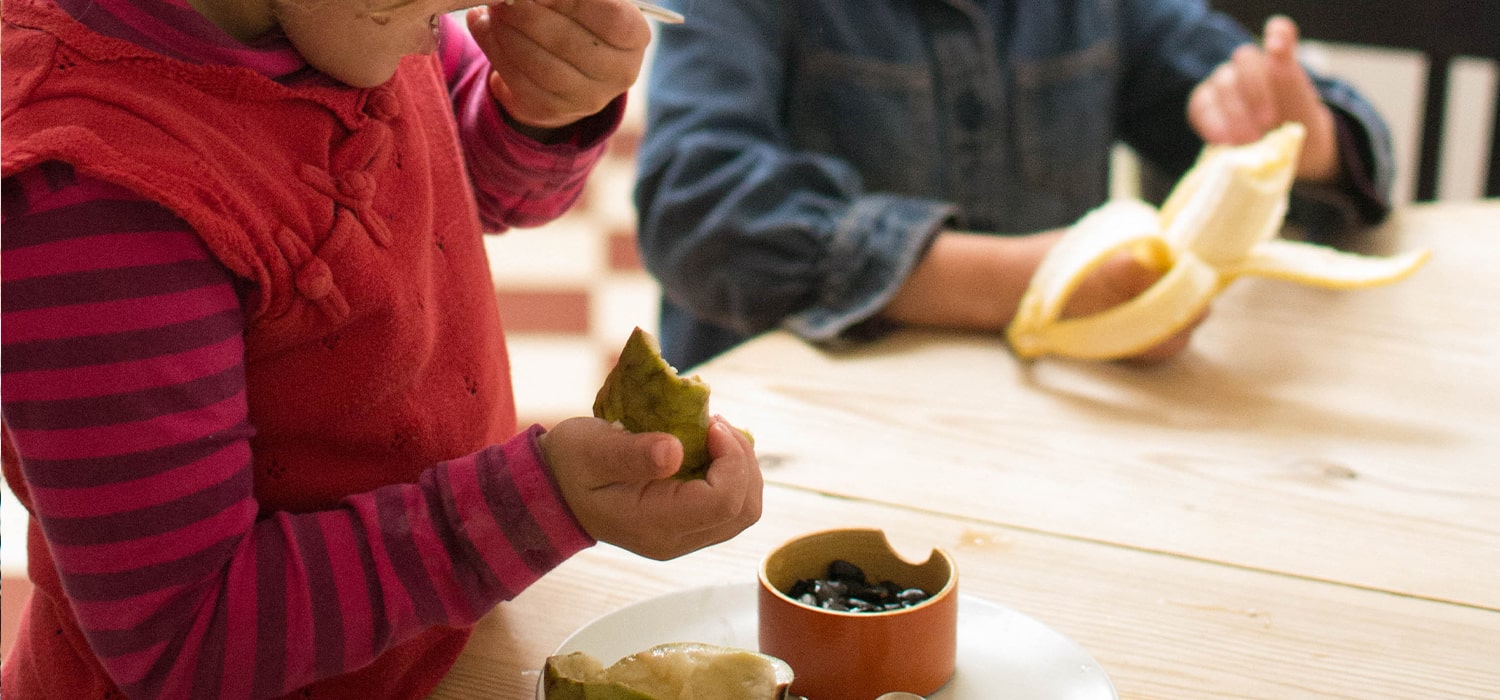Teaching Children to Identify Different Tastes
Some children might find it difficult to express what they like and don’t like to eat, making it even harder for parents to operate a smooth meal-time. As a parent, you need to arm yourself first with some basic information about taste, and then move on to find out which tastes appeal more to your child.
- There are 4 basic taste categories that your child can be taught to identify.
- The 4 categories are: sweet, salty, sour, bitter.
- By age 2, children can easily identify sweet and salty.
- By age 4, you can introduce sour and bitter.
Let’s Play a Game of Taste-Testing!
Taste testing can help children link the 4 basic tastes to various foods, it can also introduce them to a wider variety of foods.
- Choose which foods you will present your child for the taste test first, here is a general guide, but you can add your own touches:
Salty: salted cracker, pretzels, salted butter.
Sweet: honey, banana, mango, grapes or any other ripened fruits.
Sour: slice of lemon
Bitter: baking chocolate, mustard - You can use an ice-cube tray to put small portions of different foods in each cube. Or you can use small plates.
- Your kids will enjoy turning this into a game, so perhaps use a blind fold or ask them to close their eyes, then have them pick up a piece of food.
- Encourage them to smell it first as smell is closely related to taste.
- As your child is chewing slowly, encourage them to explain what they’re feeling and identify the taste to them so that it registers mentally.
- Make sure your child drinks a few gulps of water between tastes.
Becoming More Adventurous Eaters
Taste tests are not just a fun activity, but they are a great way to get your kids out of their comfort-zone when it comes to food. You can get creative with the kinds of foods you present them in a taste-test, from cheese to pickles, olives, Jello, celery, and more!
You can even turn lunch time into a taste test with larger portions and a wider variety of foods!
